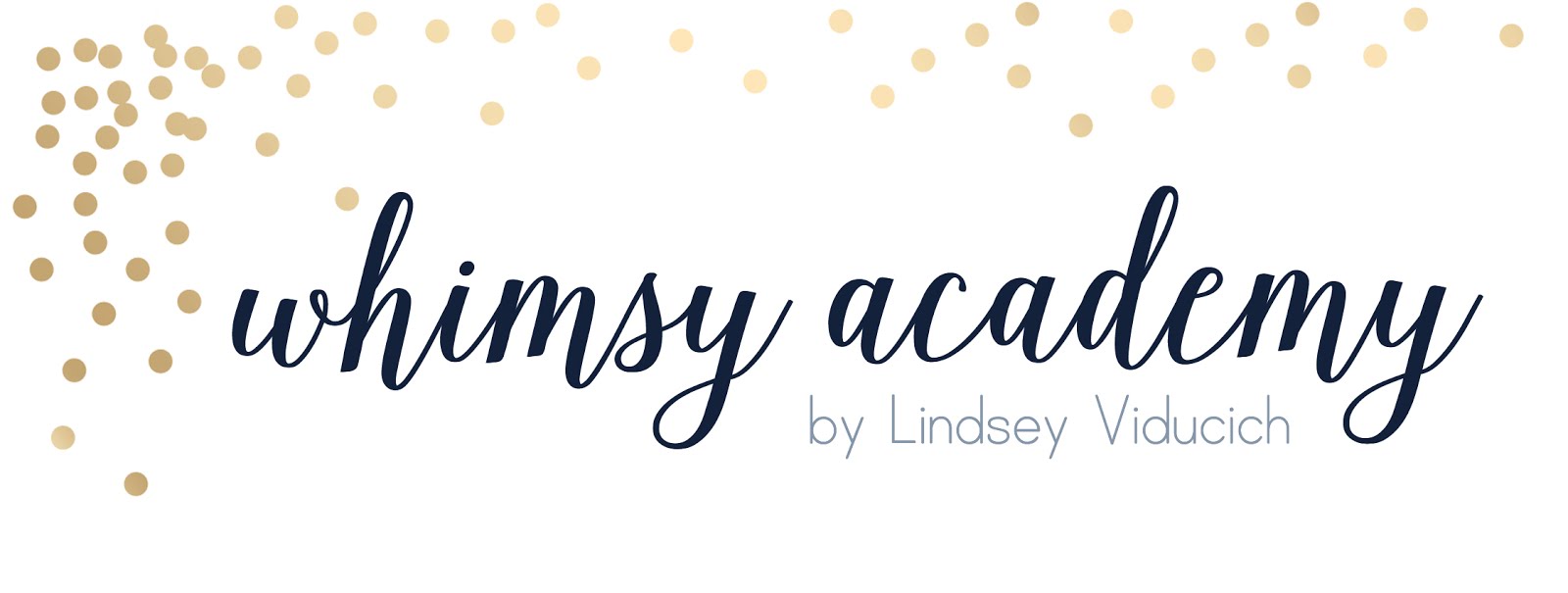Isn’t it amazing how
many hours of our lives are spent in our classrooms? They truly are our homes away
from home, and over the course of a school year, our students become like our second families. With this in mind,
I’ve been thinking a lot about my classroom environment in recent weeks. In fact, I just clicked "publish" on a Teachers Pay Teachers classroom dé
cor resource that I'm really excited about and proud of.
You know what's funny? I believe the packet I just created is completely unnecessary. Yes, you read that right: my official advertising message is that you don't need my resource—not even one little bit.
Let me give a little context. I LOVE interior design, and I have a lot of
fun with it at home, but until recently I'd never stopped to consider how to give the same attention to my
classroom. I have nothing against ultra-bright neon colors (they’re fabulous!), but
my personal style is a little more subdued than most of the classroom décor
that’s currently on the market. No surface in my own home is safe from a coat of
gray or navy blue paint. I have succulents EVERYWHERE. I love clean and simple
design, and I'm addicted to beautiful typography. As an introvert and a teacher, I need to lower the stimulation in my surroundings, which is why my style preferences lean toward the subtle and neutral.
As I dreamed about my classroom design for next
year, I realized I'd love my classroom to reflect the
same kind of calm I feel when I’m at home. I also figured that if I
decorate my classroom in muted colors, my students
will definitely be calm and serene, too. (That sounds like science, right?
Ha!)
This kind of thing—planning out beautiful spaces—is really, really fun for me. I see teaching as both a profession and a hobby, and I do some things in my classroom simply because I like them. I believe with conviction that making any effort to care for a space that you share with others—whether a classroom or a home—communicates love, and that's something I want to do.
Even though I value creating beautiful spaces, I truly believe that the way you decorate your classroom, teacher friend, doesn't matter. Actually, the fact that you're even reading a post about how to decorate your room in the first place communicates how much you already care as a teacher, and you don't need a cute classroom to prove that.
Should your classroom be functional? Absolutely. Orderly? You bet. If your students don't know where to find a pencil or turn in their work, they won't be able to get quality learning done. So, to an extent, it does matter what your classroom looks like—a reasonably tidy classroom with clear systems in place will set your students up to be successful, productive, and organized.
That said, though, if your kids' name tags aren't perfectly coordinated or the alphabet doesn't match your color scheme (or you don't even have a color scheme) or your bookshelves and rug are a random mix of hand-me-downs—it doesn't matter. Knowing when to draw the line, let it go, and prioritize is a sign of balance, confidence, and professionalism as a teacher.

In the era of teaching with Pinterest, letting things go isn't always easy to do. Color schemes and cute matching binder covers and darling student number lines are fun! I'm not at all critical of teachers who spend a lot of time making their classrooms beautiful. What I've noticed, though, is that most of the time the teachers with the best-looking rooms are the ones who have been teaching for quite a while. I bet their classrooms weren't very cute and fun their first few years, and that if you asked them, they would say that they spent that hazy and hectic time figuring out how to run literacy centers or teach writing mini-lessons or identify where in the world all of those millions of papers should go.
Once the basic systems are in place and you've figured out how to make your classroom functional and organized for yourself and your students, you might find yourself with a little extra bandwidth to think about matching library labels. Even then, those thoughts should only be on your radar because you think matching is fun. Done is always better than perfect, and if your students know where to find books for their level because you have any kind of label on those book baskets, you've made it. Your classroom décor has exactly zero bearing on your strengths and abilities as a teacher.
I want to say that one more time, especially to new teachers: Your classroom décor has exactly zero bearing on your strengths and abilities as a teacher.
I'm about to start Year 6 of teaching (Year 9 if you count the preschool years), and I'm just now starting to think about a cohesive classroom design...only because I happen to like that kind of thing. I've finally figured out a math rotation system I like and a couple of PBL projects I'm excited about, and I have some time and energy to spend thinking about decorating. I plan to start pulling from this new packet I made, see what I can get done, and let go of the rest.
If you're in the mood to start thinking about next year's classroom décor, you should totally check out this resource I made. You don't need it, but you might think it's fun and beautiful and matches the atmosphere you'd like to create in your classroom. I'm really excited about how the packet turned out—I love how bright, clean, and modern it feels. I can't get enough of the navy blue/white/mustard/light blue combo in my home, and I hope the kids like it in the classroom, too.
If you're in your first few years of teaching, please consider skipping over this resource—instead, use the money to buy yourself a few lattes to carry you through your first rounds of grading and lesson planning. You've got this, and things like classroom decorations can definitely be pushed to the back burner. You might consider bookmarking this resource to come back to in a couple of years, though, if it's something you think you'd enjoy! : )
Happy summer, teacher friends!

















































